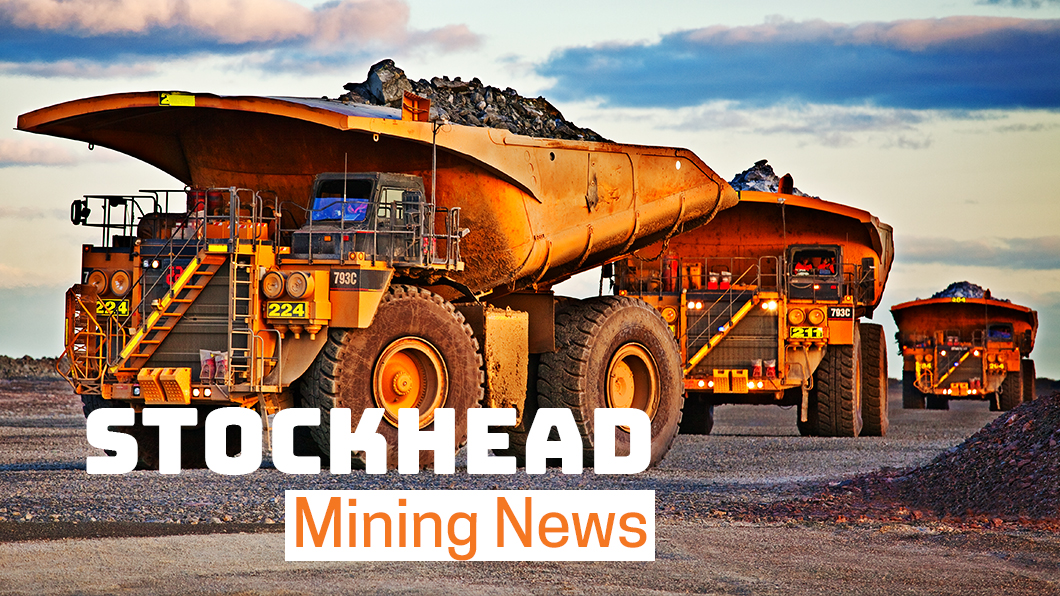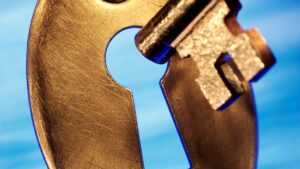Mining asteroids might actually be possible – if we can bring them closer to Earth

Pic: John W Banagan / Stone via Getty Images
Most of the accessible veins of metals we mine (gold, zinc, platinum, etc) come from asteroid impacts on the Earth’s surface.
So instead of digging down, why don’t we mine asteroids in our Solar System?
Stony Brook University research professor and astrophysicist Paul Sutter thinks we should.
He says asteroids like 16 Psyche – which is around 95% nickel and iron (or 10 billion billion kilograms) – could supply our industrial needs for several million years.
NASA plans to launch the Psyche mission in 2022 to determine if the asteroid is the exposed core of a demolished planet. Not a bad theory since it’s about 95% nickel and iron like Earth’s core.
And if we’re sending probes to explore asteroids, it’s not much of a stretch to consider that mining them is the next step.
Bringing asteroids into cislunar orbit
Sutter said a rocket would need to change its velocity (slow down) to rendezvous with an average sized asteroid which would require almost as much fuel as the launch itself.
“[Adding] to the already-obscene cost of trying to set up a remote mining operation in the first place,” he said.
Basically, asteroid prospectors would have to decide whether to refine the ore on the asteroid (and setting up an entire refining facility) or ship the raw ore back to Earth.
NASA’s failed Asteroid Redirect Mission (ARM) aimed to bring a boulder from a nearby asteroid to cislunar space between the orbits of the Earth and the Moon, where we could study it at our leisure.
ARM was going to use solar electric propulsion where solar panels absorb sunlight and convert it to electricity that would power an ion engine.
Solar electric propulsion is slow but it would work
In 2017 NASA cancelled the ARM project and is using the technology in the Origins-Spectral Interpretation-Resource Identification-Security-Regolith Explorer (OSIRIS-Rex) mission to the asteroid Bennu – which is scheduled to bring a piece back in 2023.
“When properly scaled up, a future version of ARM could potentially send large chunks of asteroids — if not entire small asteroids — into nearby outer space,” Sutter said.
Unlike Mars which presents logistical, engineering, and technical challenges, a cislunar asteroid would be much easier to study and test different mining strategies on.
Bonus asteroid redirect benefits
“In addition, its resources would be much easier to bring back to Earth,” Sutter said.
“As a bonus, any asteroid redirect mission meant for mining would also automatically become an asteroid redirect mission for saving Earth: If we can successfully change the speed and orbit of a harmless asteroid, we can potentially do it for a dangerous Earth-crossing one.
“The solar electric propulsion drive, for example, might be humanity’s best chance to avoid calamity.”
UNLOCK INSIGHTS
Discover the untold stories of emerging ASX stocks.
Daily news and expert analysis, it's free to subscribe.
By proceeding, you confirm you understand that we handle personal information in accordance with our Privacy Policy.








